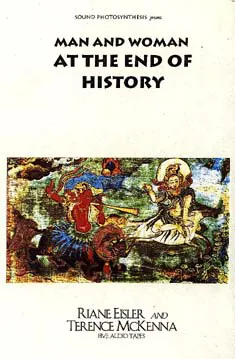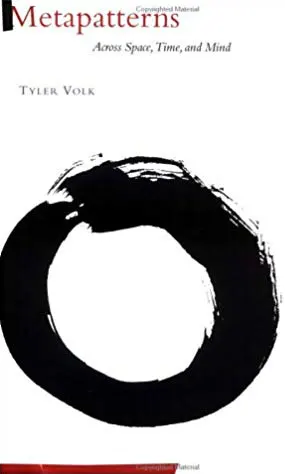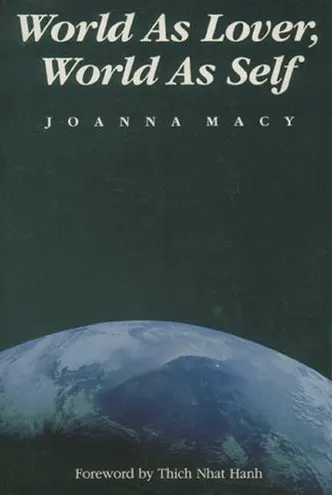The Library of Consciousness
of Consciousness
Where Do We Go From Here? (1967)
Clarity of Mind
Watts reveals a simple truth to his audience at the University of California: the mind's incessant chatter is the root of all that ails a mortal's soul. By silencing its din one can get to know life's mystery.

Man and Woman at the End of History
This seminar examined how one of the most fundamental human relationships, that between male and female, shapes our relationship to technology and ultimately to culture and nature. It looked at the forms of relationship between women and men in the shift from a society based on domination to one based on partnership. This is an exploration of how feminism, technology, and the telling of a new story will contribute to rescuing us from history.

Metapatterns
In the interdisciplinary tradition of Buckminster Fuller’s work, Gregory Bateson’s Mind and Nature, and Fritjof Capra’s Tao of Physics, Metapatterns embraces both nature and culture, seeking out the grand-scale patterns that help explain the functioning of our universe. Metapatterns begins with the archetypal patterns of space, both form-building and relational. Tyler Volk then turns to the arrows, breaks, and cycles that infuse the workings of time. With artful dexterity, he brings together many layers of comprehension, drawing on an astounding range of material from art, architecture, philosophy, mythology, biology, geometry, and the atmospheric and oceanographic sciences. Richly illustrating his metapatterns with a series of sophisticated collages prepared for this book, Volk offers an exciting new look at science and the imagination. As playful and intuitive as it is logical and explanatory, Metapatterns offers an enlightening view of the functional, universal form in space, processes in time, and concepts in mind.

World as Lover, World as Self
This overview of Joanna Macy's innovative work combines deep ecology, general systems theory, and the Buddha's teachings on interdependent co-arising. A blueprint for social change, World as Lover, World as Self shows how we can reverse the destructive attitudes that threaten our world.